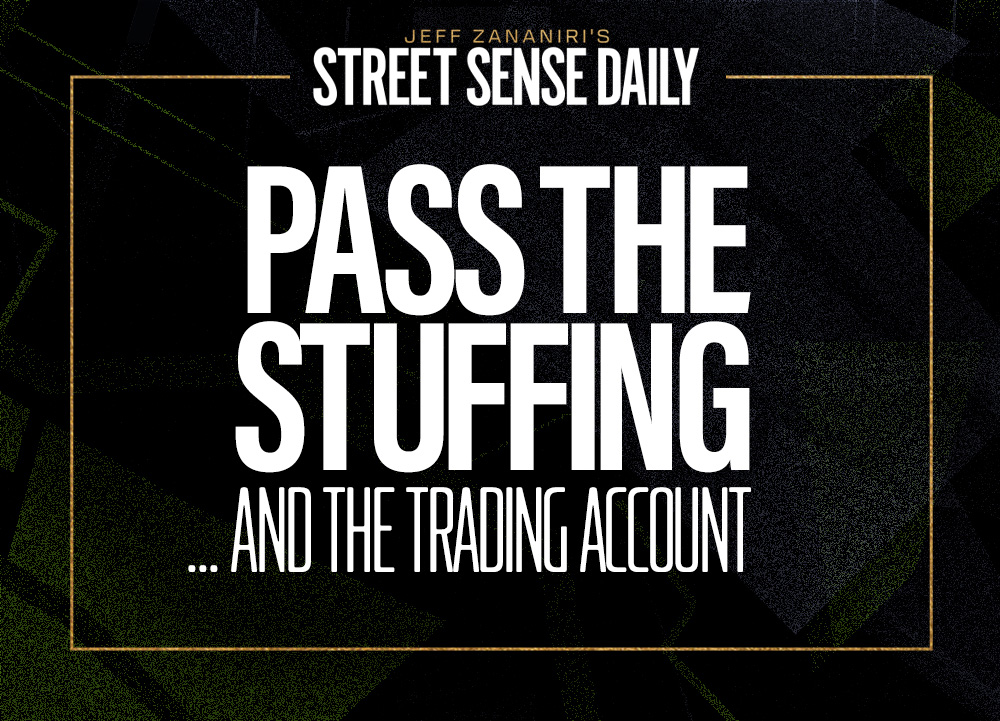Markets are in a mood.
And it’s not the good kind.
Stocks kicked off the week under pressure, and it’s no mystery why.
We’ve got real signs that the U.S. tariffs on China are starting to bite, and the ripple effect is starting to show up across the global economic data.
Traders and investors who were hoping for a quiet summer might want to rethink that.
Let’s break it down.
China’s Factory Numbers Are Flashing Red
The big headline out of Asia is the Caixin/S&P Global manufacturing PMI, which dropped to 48.3 in May, down from 50.4 in April.
That might not sound like much, but remember: Anything under 50 signals contraction.
And this is the first contraction we’ve seen in eight months.
U.S. tariffs are starting to do some damage, and China’s manufacturers are feeling the pinch.
Lower export demand, slower orders, and tighter margins.
This isn’t theoretical. It’s bleeding into the broader risk-off mood across global markets.
The OECD Just Cut the Global Growth Forecast
If China’s PMI wasn’t enough, the OECD (Organization for Economic Co-operation and Development) added fuel to the fire with a downbeat global economic forecast.
Global growth is now projected to come in at 2.9% for 2025, a downward revision that reflects a combination of tighter monetary policy, geopolitical friction, and trade tension.
The OECD’s U.S. growth forecast was trimmed to 1.6% for the year, a cut that reflects the cumulative drag from high interest rates, softening demand, and growing uncertainty about the second half.
Now pair that with the fact that consumer sentiment is already weakening, and you’ve got a perfect recipe for lower volatility, or at least a reset in expectations.
The takeaway: Global demand is cooling, trade flow is slowing, and corporate margins are going to get squeezed if this trend holds.
That’s bad for stocks.
What This Means for Traders
Markets don’t trade on yesterday’s news — they price in tomorrow’s.
And this week, the focus is quickly shifting to Friday’s U.S. jobs report.
If the jobs number misses expectations, it’s going to reinforce the “growth slowdown” narrative.
But if it beats, it may reignite fears that the Fed stays higher for longer, especially if wage growth is strong.
Either way, traders are in a tight window right now.
There’s pressure coming from both sides of the macro picture: weak growth on one end and sticky inflation risks on the other.
That puts a lot more weight on reaction timing, not just direction.
Tariff tension, weaker global data, and a soft U.S. growth outlook tell us one thing: Risk appetite is changing.
And that means setups that were working in Q1 may not work going forward.
Watch how markets react to the data more than the data itself.
If bad news starts getting sold hard, it’s a sign that the floor under this market might be cracking.
Until then, stay liquid, stay nimble, and don’t get cute.
This isn’t a market to guess in. It’s a market to trade in.
Stay sharp,
— Jeff Zananiri
If you really want to turn the market to your advantage, don’t miss Aaron Hunziker Saturday at 8 p.m. ET.
He’ll show you what the market’s missing — and how to get in before the real move hits.
Don’t miss it.
👉 Register now.
*Past performance does not indicate future results.



